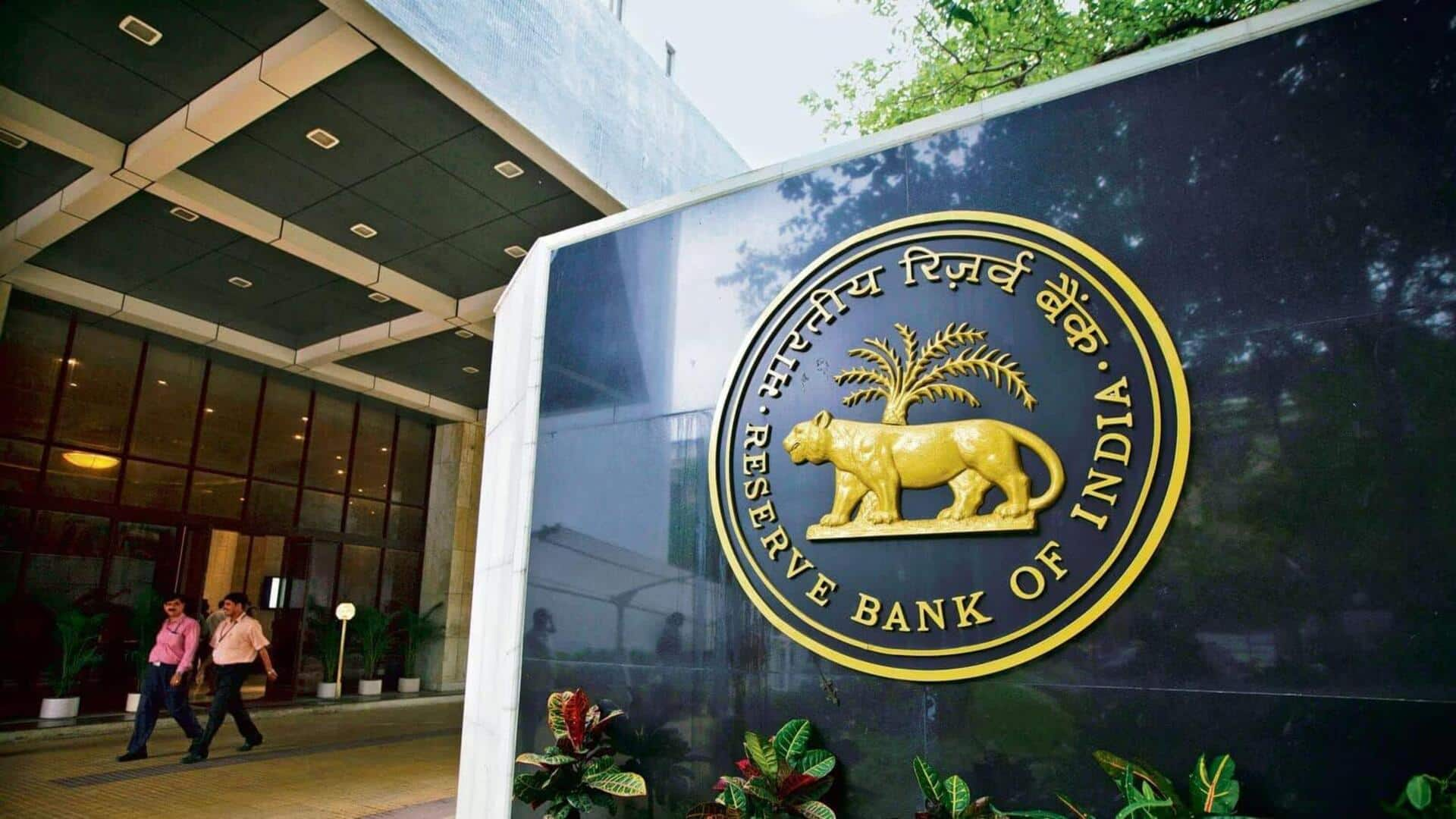
How RBI's new digital lending rules impact you
What's the story
The Reserve Bank of India (RBI) has unveiled new rules for digital lending. They are aimed at ensuring transparency and fairness in the digital loan process. They require each regulated entity (RE), including banks and non-banking financial companies (NBFCs), to follow certain standards while working with loan service providers (LSPs). Let's take a look at how these rules affect borrowers.
Compliance
Key requirements for lending service providers
As per the RBI's new rules, LSPs should provide a digital overview of all loan offers matching the borrower's request. This overview should contain details of matching as well as non-matching lenders. Further, LSPs must adopt a consistent approach while pairing personal loan borrowers with lenders. Any changes to this process must be documented thoroughly.
Disclosure
Transparency in loan offers
The RBI's guidelines require that the digital overview of loan offers from matching lenders, must include the names of the regulated entities providing the loan offer. Amount and tenure of loan, annual percentage rate (APR), monthly repayment obligation, and any applicable penal charges must also be disclosed. These details should be presented in a way that borrowers can easily compare different loan offers.
Ban
Restrictions on promoting specific bank products
The RBI's rules also restrict LSPs from promoting a particular bank product, directly or indirectly, through their content. This includes the use of deceptive tactics aimed at misleading borrowers into choosing a particular loan offer. However, if loan offers are ranked based on publicly accessible information or metrics, it won't be deemed as promoting a particular product.